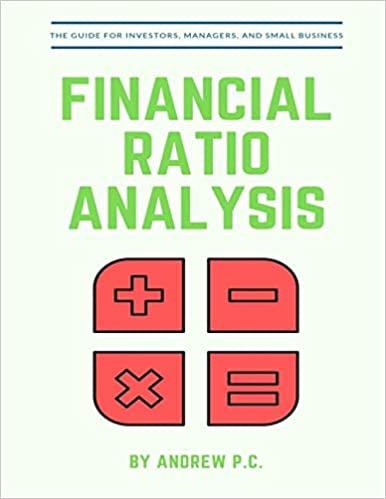1) Which of the following statements is FALSE? A) In exchange for bearing systematic risk, investors want to be compensated by earning a higher return. B) A key step to measuring systematic risk is finding a portfolio that contains only unsystematic risk. C) When evaluating the risk of an investment, an investor will care about its systematic risk, which cannot be eliminated through diversification D) To measure the systematic risk of a stock, we must determine how much of the variability of its return is due to systematic, market-wide risks versus diversifiable, firm specific risks. 2) Which of the following statements is FALSE? A) Beta differs from volatility B) The risk premium investors can earn by holding the market portfolio is the difference between the market portfolio's expected return and the risk-free interest rate. C) Stocks in cyclical industries, in which revenues tend to vary greatly over the business cycle, are likely to be more sensitive to systematic risk and have higher betas than stocks in less sensitive industries. D) If we assume that the market portfolio (or the S&P 500) is efficient, then changes in the value of the market portfolio represent unsystematic shocks to the economy 3) Which of the following statements is F A) Beta measures the sensitivity of a security to market wide risk factors. B) Volatility measures total risk, while beta measures only systematic risk C) The beta is the expected percentage change in the excess return of the market portfolio for a 1% change in the excess return of a security D) Utilities tend to be stable and highly regulated, and thus are insensitive to fluctuations in the overall market. Use the following information to answer the question(s) below Suppose that the market portfolio is equally likely to increase by 24% or decrease by 8%. Security "X" goes up on average by 29% when the market goes up and goes down by 11% when the market goes down. Security "Y" goes down on average by 16% when the market goes up and goes up by 16% when the market goes down. Security-z" goes up on average by 4% when the market goes up and goes up by 4% when the market goes down. 4) The beta for security "X" is closest to: A) 0 B) 0.80 C) 1.00









